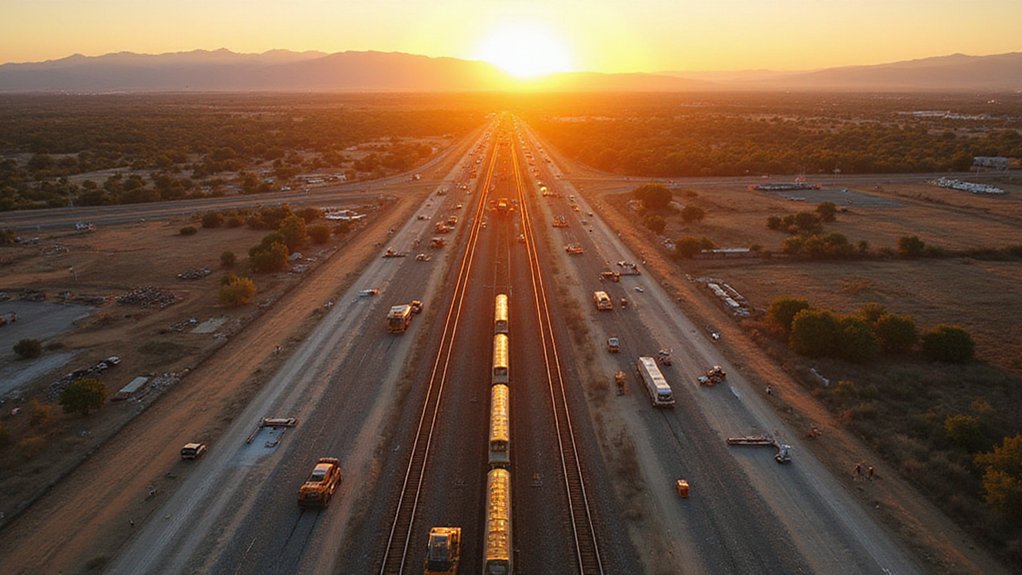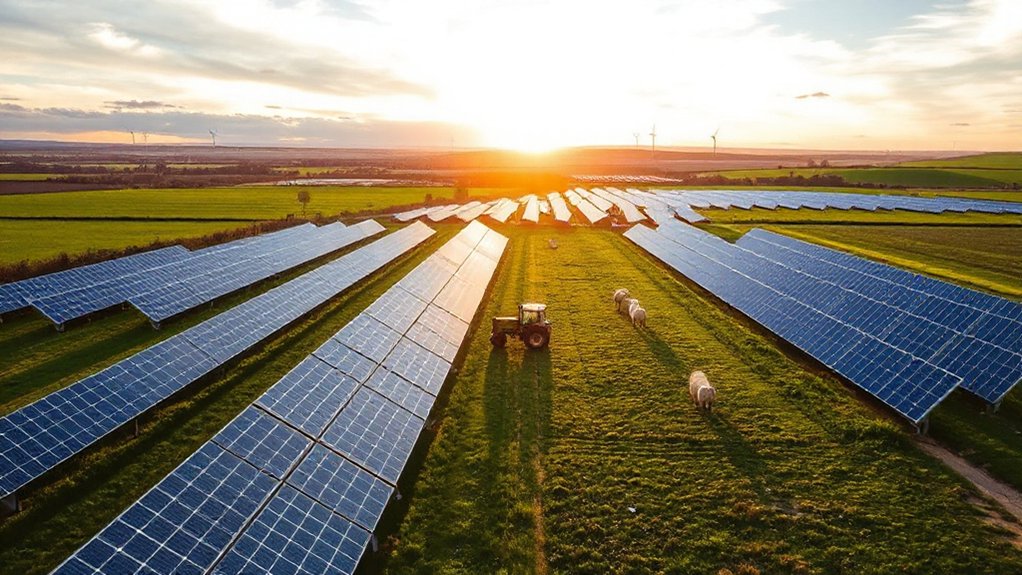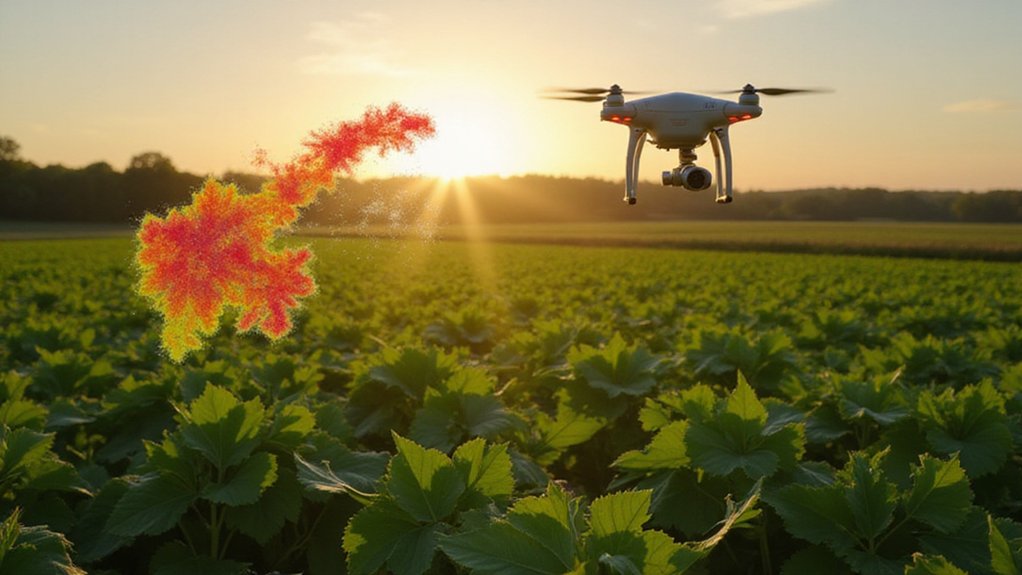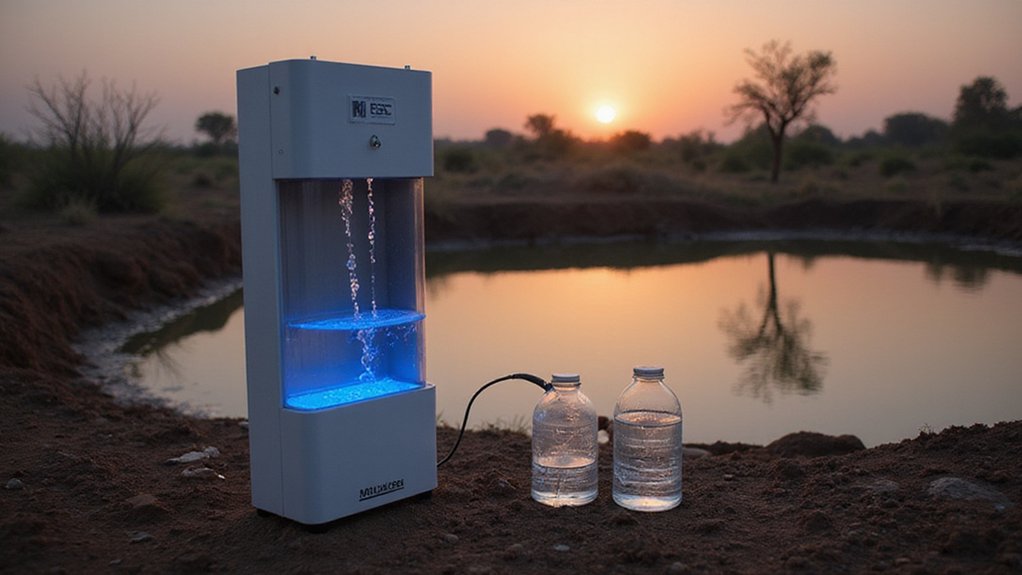Nearly every bite of food we take leaves a carbon mark on our planet. From farm to table, our meals generate greenhouse gases at every step. Not a small problem. Studies show food consumption accounts for a massive chunk of household emissions. The biggest culprits? Red meat and processed foods. No surprise there.
Life Cycle Assessment and other fancy measurement methods confirm what environmentalists have been screaming about for years — your burger habit is heating up the planet. Sorry, not sorry. The evidence is overwhelming. Animal products, especially beef, have carbon footprints that make plant foods look like environmental saints.
Here’s what people don’t get: processed convenience foods carry hidden emissions. That frozen pizza? An environmental disaster wrapped in plastic. The transportation, packaging, and energy-intensive processing add up. Fast.
Changing what’s on your plate can actually make a difference. Plant-forward diets slash emissions dramatically. Local and seasonal eating cuts transportation pollution. Less waste means fewer resources squandered. These aren’t complicated concepts, folks.
Your daily food choices are climate actions in disguise. Small shifts, big impact. The math is that simple.
The wealthy tend to have the worst dietary carbon footprints. More meat, more exotic foods flown across continents, more waste. The math isn’t difficult. Research shows households account for approximately 30%-40% of emissions directly related to their consumption patterns.
But change is happening. Communities are launching programs to educate consumers about climate-friendly eating. Some countries are integrating carbon footprint data into food labeling. About time.
Technology is stepping up too. Energy-efficient cooking appliances reduce household emissions. Urban gardens bring food production literally to your doorstep. Alternative proteins offer the taste of meat without the environmental baggage. Progress.
The connection between personal health and planetary health couldn’t be clearer. The same dietary choices that reduce cardiovascular disease and cancer risk — more plants, fewer animal products, minimal processing — also shrink carbon footprints. One choice, double benefit. Remarkable how that works out.
In the end, our plates reflect our priorities. Want a habitable planet? Start with what you eat. The planet can’t wait for perfect solutions. Neither can our bodies. The agricultural sector has been making progress with a 5% emissions reduction between 2005 and 2022, showing that our collective dietary shifts are beginning to make an impact. This mirrors trends in the broader energy landscape, where renewables investment now attracts $1.70 for every dollar put into fossil fuels.
References
- https://www.oaepublish.com/articles/cf.2024.08
- https://www.eea.europa.eu/en/topics/in-depth/climate-change-mitigation-reducing-emissions
- https://www.epa.gov/climateleadership/ghg-reduction-programs-strategies
- https://www.footprintnetwork.org/our-work/climate-change/
- https://climate.nasa.gov/news/3134/reducing-emissions-to-lessen-climate-change-would-yield-dramatic-health-benefits-by-2030/








